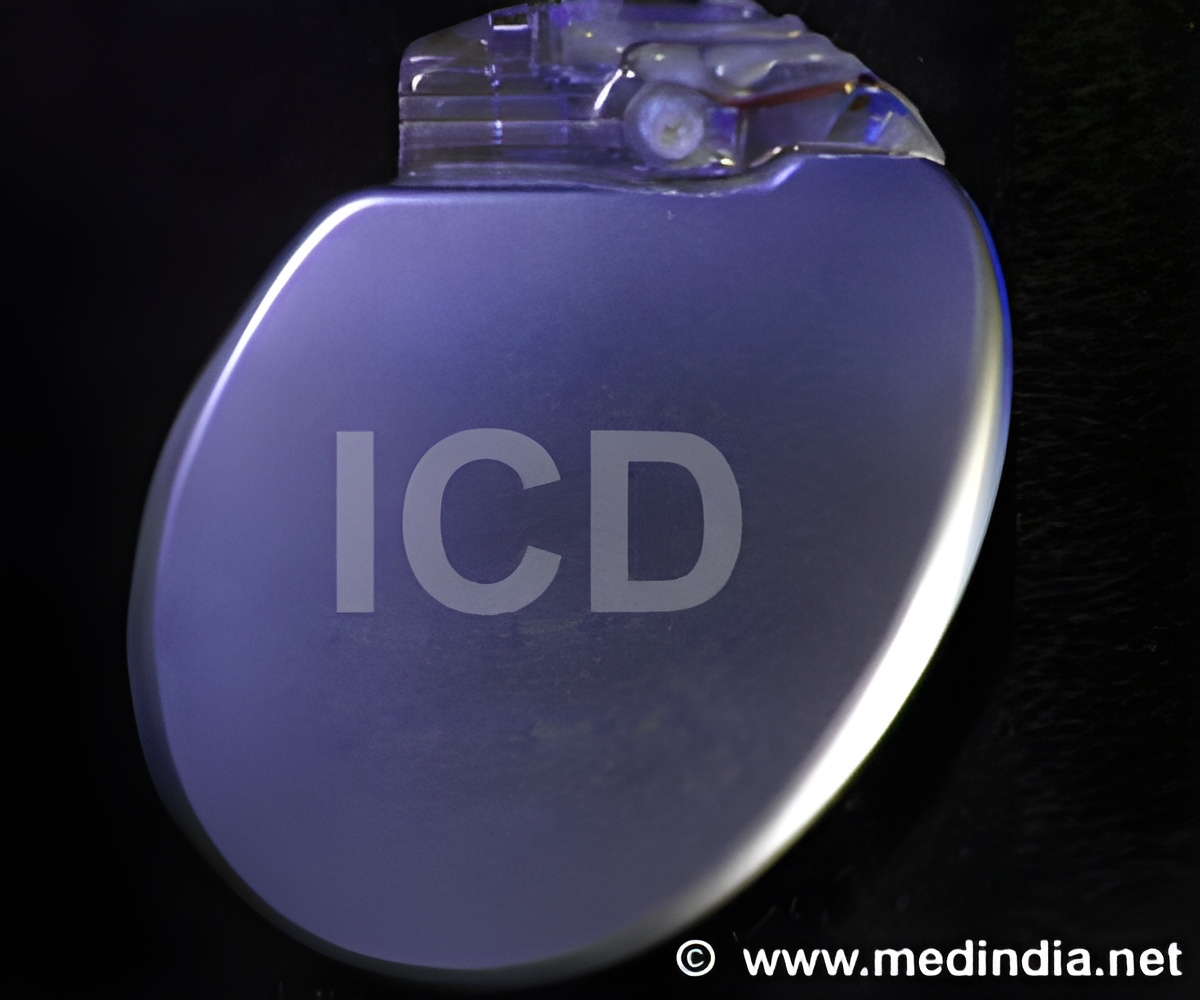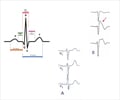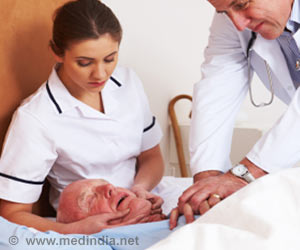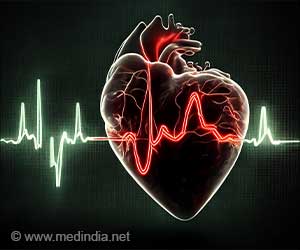Patients who survived sudden cardiac arrest can be treated with Implantable cardioverter defibrillators (ICDs) as the risk of death is lowered by more than 30 percent.

‘The risk of death can be lowered by using implantable cardioverter defibrillators (ICDs), which help in detecting and stopping the ventricular arrhythmias.’





Despite this recommendation, a new study published in the Canadian Journal of Cardiology reveals that real-life ICD utilization rates are lower than expected.Investigators analyzed medical records from over 1200 patients in the greater Toronto area who had survived an out of hospital cardiac arrest. Subjects were deemed "likely ICD eligible" if they would have benefited from ICD implantation as defined by three parameters: having a shockable initial rhythm, no definite ischemia, and a good neurologic status.
Out of patients who were assessed as "likely ICD eligible," only 57 percent received an ICD. Meanwhile, the implantation rate for "not likely ICD eligible" patients was 16.7 percent, while the overall implementation rate was 23.9 percent. "This study illustrates that examining how medical care actually delivered in the 'real world' conforms to guidelines is vital in order to evaluate and improve care," explained lead investigator Paul Dorian, MD, MSc, Department Director, Division of Cardiology, University of Toronto and Staff Cardiac Electrophysiologist at St. Michael's Hospital.
"Our findings are the first step in the process to improve the quality of care provided to these patients, by assessing if the right patients receive the right treatment. The next step should be to understand 'why', and to promote guideline-appropriate care."
While investigators acknowledged that it was unrealistic to expect the ICD implantation rate to be 100%, they had expected it to be higher than 57 percent in the eligible population.
Advertisement
ICD implantation capability of the admission hospital was found to be a significant predictor of whether or not a patient received an ICD.
Advertisement
This treatment gap suggests that improved education and sensitization might be needed to avoid patients not receiving this potentially life-saving therapy simply because they have been managed in a hospital without specialized local expertise in the area.
Sudden cardiac death (SCD) as a result of cardiac arrest is projected to be the number one cause of death worldwide by 2020. SCD is currently responsible for more life-years lost than all other leading causes of death, including individual cancers. ICDs can detect and stop the ventricular arrhythmias responsible for SCD, lowering the risk of death by more than 30 percent.
In an accompanying editorial, Ratika Parkash, MD, MS, and Anthony S. L. Tang, MD, offer some perspective on the impact of the results going forward: "This study highlights the importance of implementation of guidelines with knowledge translation programs that may assist in identifying truly eligible patients for both primary and secondary prevention ICDs, and thus providing this life-saving therapy where significant impact would occur on the rate of SCD in Canada."
Source-Eurekalert







